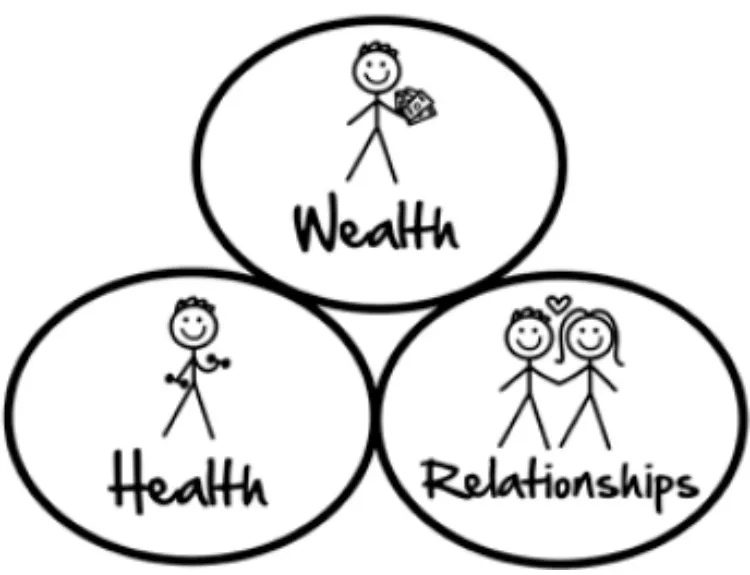Secret #1 Who Is Your Dream Customer?
5 Min. Read Aug 14, 2025 #Traffic Secrets
The people who put all their focus on creating something amazing are the people that fail. Every year, tens of thousands of businesses start and fail because the entrepreneurs don’t understand this one essential skill: the art and science of getting traffic (or people) to find you.
By understanding exactly who your dream customer is, discovering where they’re congregating, and throwing out hooks that will grab their attention to pull them into your funnels (where you can tell them a story and make them an offer) is the strategy.
Becoming Obsessed with Your Dream Customers
When you’re frustrated about a problem you’re having, you look for a solution. If you’re not able to find a solution that gives you the result you want, then you’ll likely go on a journey to find or create your own solution. In that way, your problem becomes your business.
You need to look back in time to find the point where you were struggling with the same problem your dream customer has now. Then you need to remember what you were feeling when you were in that pain.
When you truly understand the core pains they are trying to move away from and the core desires and passions they are trying to move toward, it becomes very easy to identify exactly where they exist online.
The 3 Core Markets/Desires
 People purchase products hoping to get a certain result from one of these 3 core desires/markets.
People purchase products hoping to get a certain result from one of these 3 core desires/markets.
The first question you need to answer is this: Which of these three desires is my future dream customer trying to receive when they buy my product or service?
Sometimes people get stuck on this question for one of two reasons.
Reason #1 — My product fits into more than one of these desires
Anytime you try to get your potential customer to believe in two things, your conversions will usually cut in half (most times by 90 percent or more). To target two different desires, you need two different ads leading to two different funnels. Only focus on one desire with each message you put into the market.
Reason #2 — My product doesn’t fit into any of these desires
Most products can fit into multiple categories, even if they may look as if they don’t fit into any category at all, but no matter what, the key is that your marketing message can and must be focused on only one of the 3 Core Desires.
Away from Pain/Toward Pleasure
 All humans either move away from pain or toward pleasure.
All humans either move away from pain or toward pleasure.
You’ve identified which core desire your product or service is focused on, the next step to entering the conversation inside your customer’s mind is to understand which direction they are moving.
 While two people’s goals might be the same, their reasons for accomplishing that goal might be completely different.
While two people’s goals might be the same, their reasons for accomplishing that goal might be completely different.
The more phrases you can find, the more traffic streams you’ll be able to tap into, so make it a continual process to identify and write down the conversations happening inside of your customers’ minds.
Threr’re three things to try to understand the conversation that your dream customers were having with themselves each day.
- Write out hundreds of phrases that you used to say to yourself when you were trying to solve the problem for yourself initially.
- Look online in forums, message boards, and groups to see what others are saying when they are trying to get out of pain.
- Try to put yourself in their shoes and write out what you believe people were thinking.
The Searcher and The Scroller
 People will either be searching for your product (left), or you will interrupt them (right) to get their attention with your ads as they are scrolling.
People will either be searching for your product (left), or you will interrupt them (right) to get their attention with your ads as they are scrolling.
Pros and Cons for Search
The pro for search-based traffic is that when they come to you, they’re hot buyers who are ready to buy. This is similar to people who walk into your store or find you in the Yellow Pages and give you a call.
The con with search-based traffic is that they’re not just searching; they’re also comparing options with your competitors. You’ve got to be the price leader, as well as the quality leader and the niche leader. People who are searching are also researching all those things, so until you become good at funnels and offers, you’ll likely be trying to beat your competitors by lowering your prices. Unfortunately, trying to be the cheapest product is never a good strategy.
Pros and Cons for Interruption
As a marketer, you can target people who are interested in certain people, ideas, TV shows, or bands, and then you can interrupt them with your ads. You open a small window of time where you can grab their attention and show them the perceived value of what you’re selling. You no longer have to wait around for someone to come looking for you. Now you can create desire in your dream customers.
The pro for social-based interruption traffic is that you can target warm traffic based on people’s interests. Therefore, you can sell based on the perceived value of your product or service.
The con for social-based interruption traffic is that because the customer isn’t actively looking for you, you have to become good at your “Hook, Story, Offer,” where you can grab their attention, tell them a story, and then make them an offer.